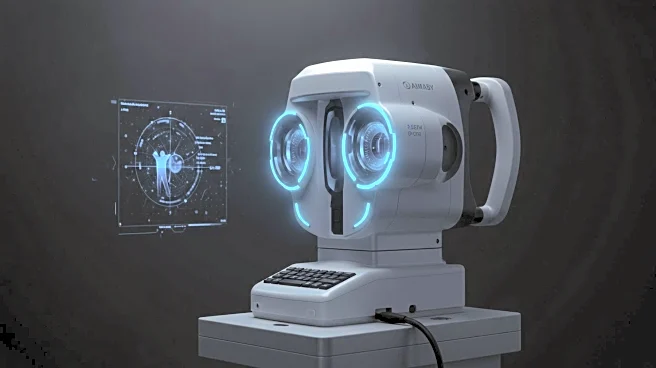Rapid Read • 8 min read
A recent study has developed advanced models using multisequence magnetic resonance imaging (MRI) radiomics and deep learning features to predict lymph node metastasis (LNM) in cervical cancer patients. The study highlights the importance of identifying LNM in early-stage cervical cancer to guide treatment strategies. Traditional imaging methods like CT and MRI often fail to detect LNM reliably, leading to occult lymph node metastasis (OLNM) in a significant percentage of patients. The study introduced several models, including radiomics (RD) and deep learning (DL) models, which showed improved predictive performance when multiple MRI sequences were combined. The RD-DL model, integrating radiomics and deep learning features, achieved the highest predictive performance, suggesting that deep learning can complement radiomics in enhancing preoperative risk stratification and supporting individualized treatment planning.
AD
The development of these advanced predictive models is significant for the medical community as it offers a more reliable method for assessing LNM in cervical cancer patients. Accurate prediction of LNM can lead to better treatment decisions, potentially shifting from surgery to chemoradiotherapy when necessary. This advancement could reduce the risk of misdiagnosis and improve patient outcomes by tailoring treatment plans more effectively. The integration of deep learning with radiomics represents a promising approach to enhance diagnostic accuracy, which could be applied to other types of cancer and medical conditions, thereby broadening the impact of this research.
Future research is expected to focus on expanding the study to multicenter, large-sample cohorts to improve the model's robustness and generalizability. Researchers may also explore advanced harmonization techniques to overcome limitations related to imaging equipment variations. Additionally, the development of automated segmentation pipelines could minimize manual annotation bias, further enhancing the model's reliability. These steps are crucial for translating the study's findings into practical clinical applications and ensuring that the models can be widely adopted in medical practice.
The study underscores the potential of integrating machine learning with medical imaging to address complex diagnostic challenges. It highlights the ethical considerations of using AI in healthcare, particularly the need for transparency and interpretability in machine learning models. The use of SHAP analysis in the study provides insights into the contributions of different variables, offering a deeper understanding of the risk prediction model. This approach could pave the way for more ethical AI applications in healthcare, ensuring that models are not only accurate but also explainable to clinicians and patients.
AD
More Stories You Might Enjoy










